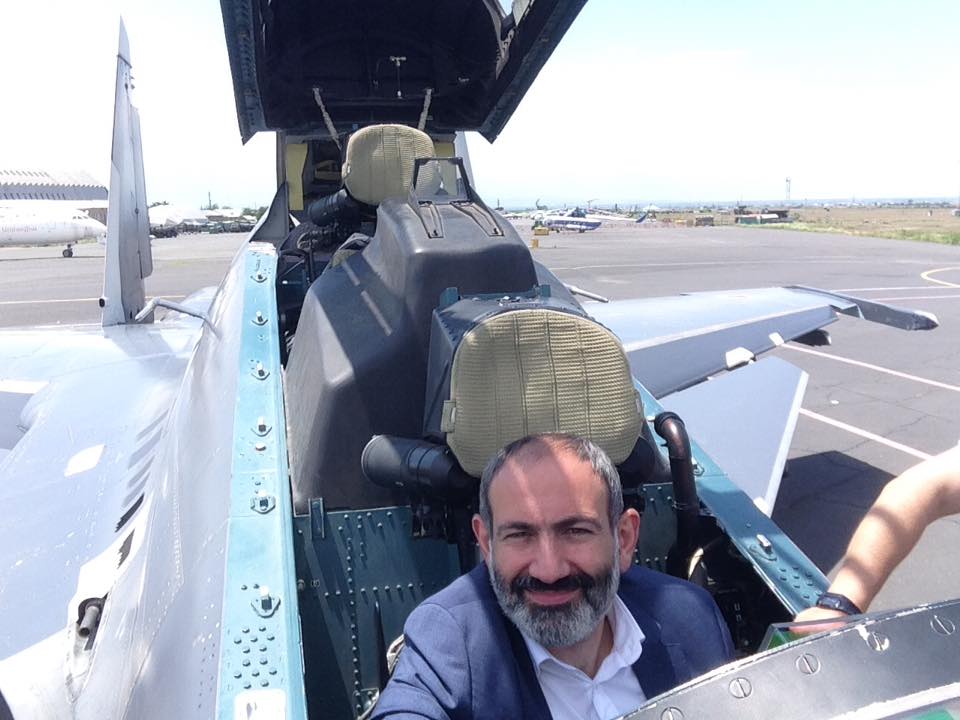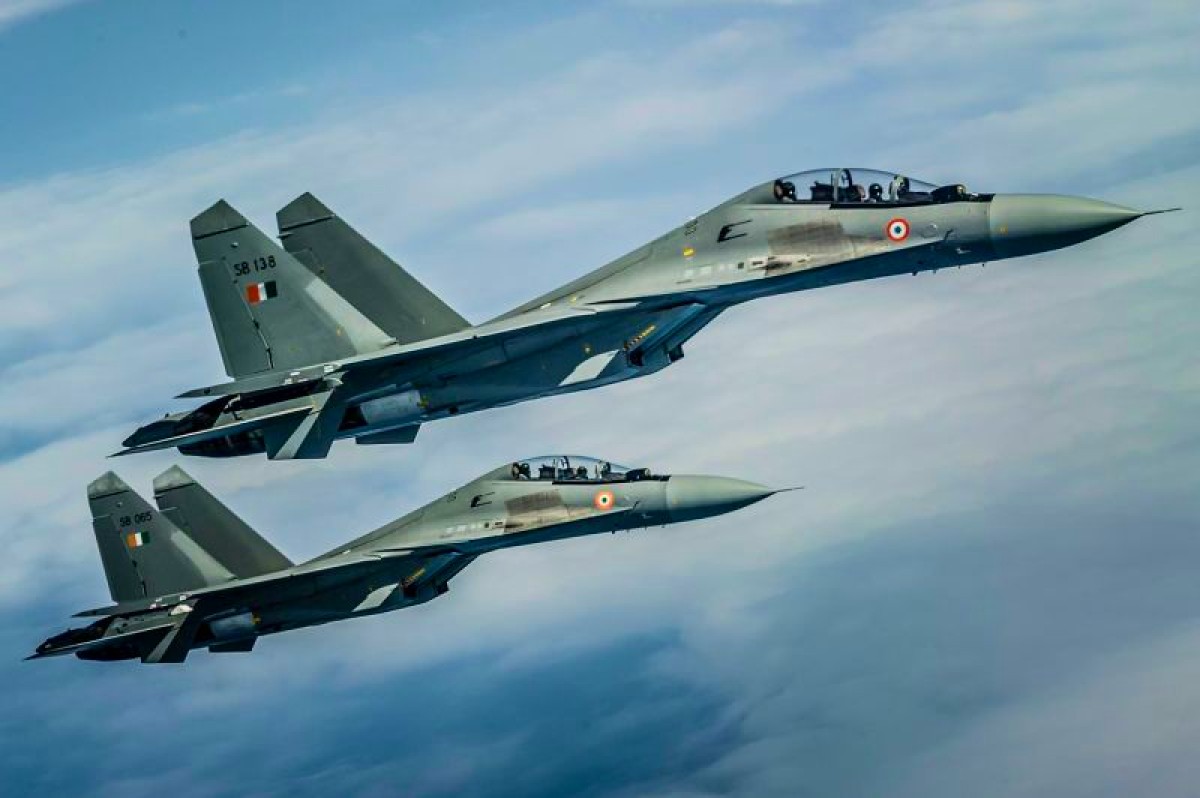The defense cooperation between India and Armenia has dramatically improved over the past several months. India now appears to be on track to play a significant role in fulfilling Armenia’s defense-related requirements.
The latest arms deals Armenia inked with India represent the two countries’ strengthening defense ties. In 2022, Yerevan ordered four batteries of the Indian-made Pinaka multiple-launch rocket system (MLRS) for an estimated $250 million.
The partnership is set to expand further, with reports indicating that Armenia is interested in having India supply armaments and train fighter pilots for its Russian-built Su-30SM Flanker fighter jets.
At first, Armenia wanted to buy at least 12 Su-30SMs. However, it eventually procured four Sukhoi Su-30SM multirole fighters from Moscow.
New Delhi has also been using this fourth-generation fighter aircraft for a long time, making it a skilled user in adapting it for various circumstances.
India maintains a sizable fleet of 272 Su-30MKI Flankers, most of which were manufactured by New Delhi under license. These fighter jets are the backbone of the Indian Air Force, which has also bought and secured formidable non-Russian armaments.
On the other hand, Yerevan might be hesitant to invest in these planes. In 2019, the government of Nikol Pashinyan praised the acquisition of contemporary fighter aircraft, announcing that the nation was finally moving past the days of shopping for inexpensive, low-tech Soviet-era systems.

However, the purchase of these fighters sparked heated discussion within the defense community and expenditure watchdogs. The absence of these fighter jets during the Nagorno-Karabakh conflict in 2020 has raised major concerns. The EurAsian Times had earlier reported that Armenia procured these Russian Su-30SM fighters without missiles.
The Armenian flankers lacked essential weapons, mainly guided air-to-surface missiles. Launching unguided missiles into the fray from those jets would have led to losses with little to no noticeable gains.
During that conflict, Azerbaijan employed Israeli-produced Harop loitering munitions and Turkish drones to take out several Armenian air defense installations and other defense hardware.
Baku’s effective employment of such weapons strongly suggested Yerevan made a catastrophic error by devoting a large portion of its meager defense budget to a small number of flashy Flankers at the expense of its nascent drone sector.
These jets earned the mocking moniker “White Elephant” from its critics. It was earlier believed that Yerevan could transfer its current four back to Moscow, given the Russian invasion of Ukraine.
However, Yerevan later refuted claims last March that it had handed its Flankers back to Moscow to be utilized in the conflict.
How Can India Increase The Strength Of Armenian Su-30s?
The Sukhoi-30 combat aircraft is used by approximately 15 nations, including China, Russia, its original manufacturer, Armenia, Indonesia, and Algeria.
Recently, an ace Indian fighter pilot told local media that the Su-30MKI’s beautiful integration of various weaponry, sensors, and avionics from all over the world sets it apart from Flankers used by other countries.
These weapons prominently include the Astra beyond-visual-range air-to-air missile and an air-launched BrahMos supersonic cruise missile (BRAAM), which provide the Su-30MKI a significant standoff capability.
The Indian pilot added that the combination of the Astra air-to-air missiles and the BrahMos supersonic cruise missiles had increased the aircraft’s lethality. Thus, it would make sense if Armenia and India worked together to upgrade Armenia’s Su-30 fleet.
Given that Armenia couldn’t afford to buy new fighter jets, upgrading existing aircraft and training its pilots also stands to reason. Even if it decides to buy more Su-30 aircraft, it might prompt Azerbaijan to retaliate by buying cutting-edge fighter aircraft.

Baku may very easily use an Armenian purchase as justification to finally buy the JF-17 Thunder fighter that China and Pakistan jointly produced. A squadron of JF-17 Block 3 aircraft equipped with Chinese PL-15 BVRAAM would significantly increase Azerbaijani airpower and possibly counter any edge Flankers would bring to Armenia.
Yerevan may take a middle-ground approach and modernize its four Flankers with the assistance of Indian technicians. The Astra and even the BrahMos might be fitted to the aircraft, allowing Armenia to strike targets far within Azerbaijan.
The two nations are also concerned by the development of trilateral military links between Pakistan, Turkey, and Azerbaijan. Pakistan has reportedly been providing troops and military equipment as Azerbaijan’s ally to help the latter in its conflicts.
Baku has provided Islamabad with geopolitical, geoeconomic, and geostrategic advantages. The “Three Brothers” military exercise in 2021 between Pakistan, Turkey, and Azerbaijan was intended to improve the interoperability between the three countries’ armed forces.
Nevertheless, if New Delhi were to equip Armenian fighter jets and train its pilots, it would considerably improve Yerevan’s defense capabilities and pave the path for India to supply more weaponry to Armenia.
- Contact the author at ashishmichel(at)gmail.com
- Follow EurAsian Times on Google News




